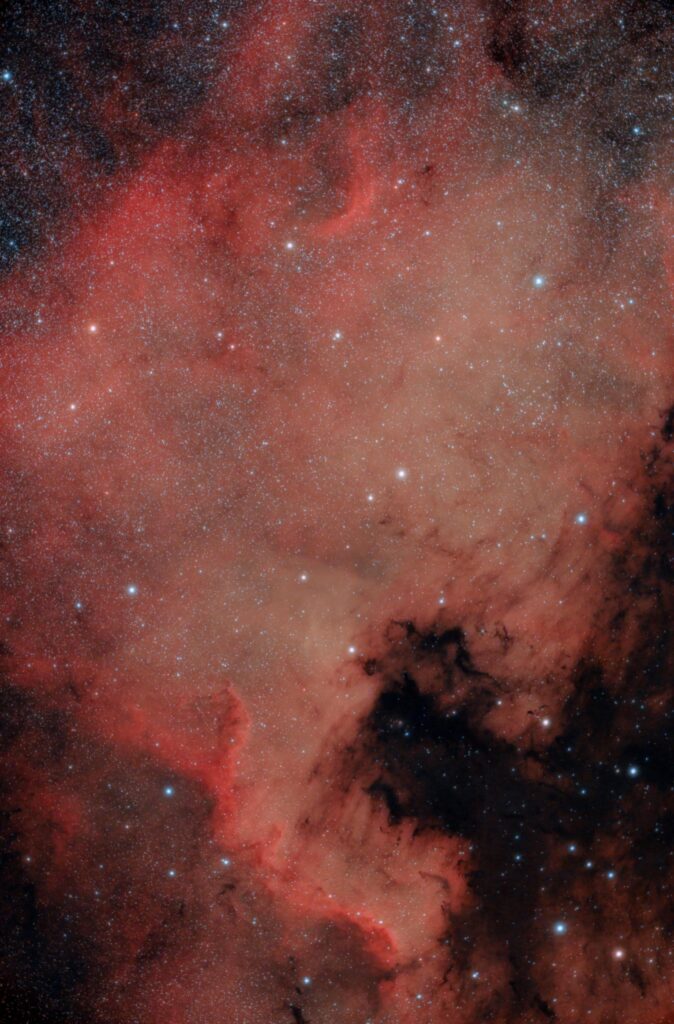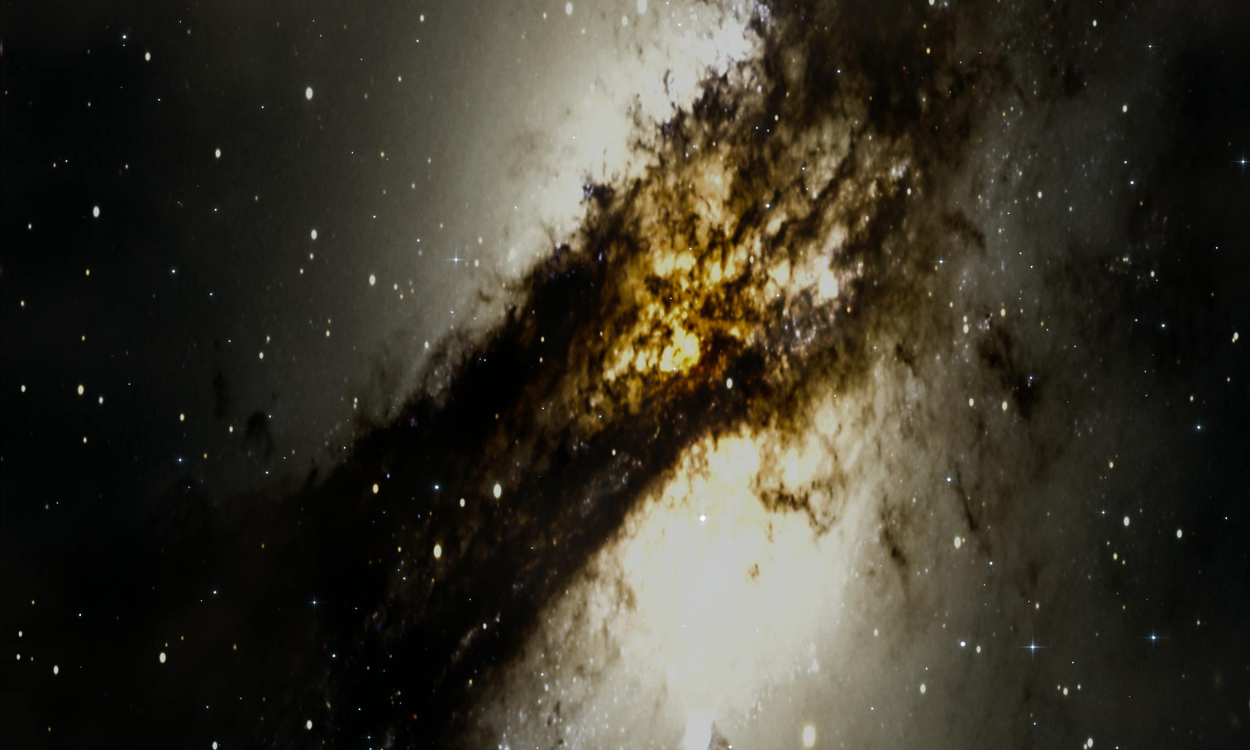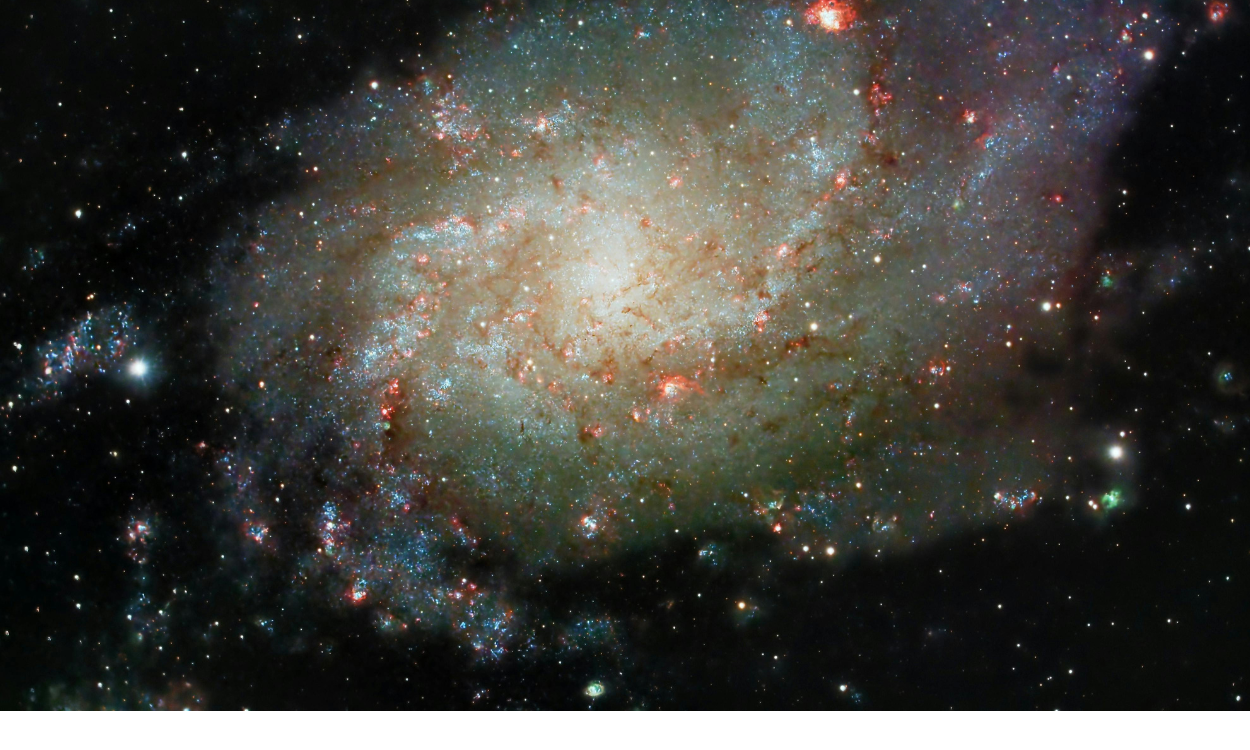When we look up at the night sky, the glowing band of light stretching across the heavens is more than just a breathtaking view—it’s a glimpse into our cosmic home. This magnificent collection of stars, dust, gas, and dark matter is known as The Milky Way Galaxy: Our Home in the Universe. For centuries, humans have wondered about their place in the cosmos, and the Milky Way has always played a central role in that search. Understanding this galaxy not only gives us insights into where we live but also helps us uncover mysteries about the origins of the universe.
Table of Contents

What Is the Milky Way Galaxy?
The phrase The Milky Way Galaxy: Our Home in the Universe refers to the massive spiral galaxy that houses our solar system, along with billions of stars and countless planetary systems. Astronomers estimate that the Milky Way contains between 100 and 400 billion stars, and possibly as many planets. It spans about 100,000 light-years across, making it unimaginably vast compared to our tiny planet Earth.
Despite its enormity, the Milky Way is just one of billions of galaxies in the observable universe. However, it is unique to us because it is the one galaxy where we live, where life as we know it exists, and where all of human history has unfolded.

Structure of the Milky Way
The structure of The Milky Way Galaxy: Our Home in the Universe is fascinating. Astronomers classify it as a barred spiral galaxy, meaning it has a central bar-shaped cluster of stars surrounded by spiraling arms. These arms contain the majority of the galaxy’s stars, star-forming regions, and interstellar matter.
The Milky Way has four primary spiral arms—the Perseus Arm, the Sagittarius Arm, the Scutum-Centaurus Arm, and the Norma Arm. Our solar system is located in a smaller region called the Orion Arm, or the Orion Spur, about 27,000 light-years from the galactic center. This location gives us a relatively quiet and stable environment for life to flourish.
At the heart of the galaxy lies a supermassive black hole called Sagittarius A*, which has a mass equivalent to about 4 million suns. This black hole’s immense gravitational pull holds the galaxy together, governing the orbits of stars, planets, and cosmic dust.
Stars and Planets in the Milky Way
One of the most fascinating aspects of The Milky Way Galaxy: Our Home in the Universe is the diversity of stars and planetary systems it contains. Stars come in all sizes and stages of life, from tiny red dwarfs to massive blue giants. Some are newly born, glowing brightly in stellar nurseries, while others are nearing the end of their lives, collapsing into white dwarfs, neutron stars, or even black holes.
Recent discoveries suggest that nearly every star in the galaxy may host planets. Many of these are Earth-like, orbiting in the “habitable zone,” where conditions could support liquid water and possibly life. This raises the exciting possibility that we are not alone in the galaxy.
The Role of Dark Matter and Energy
When we explore The Milky Way Galaxy: Our Home in the Universe, it becomes clear that visible matter—stars, gas, and dust—makes up only a small fraction of the galaxy’s total mass. Most of the galaxy is composed of dark matter, an invisible substance that exerts gravitational forces but does not emit light. Without dark matter, the Milky Way would not have enough mass to hold itself together.
Dark energy, another mysterious force, also plays a role in shaping the universe. While its influence is more significant on a cosmic scale, understanding dark matter and dark energy is crucial to grasping the true nature of our galaxy.
The Milky Way in the Cosmic Neighborhood
Although we often think of The Milky Way Galaxy: Our Home in the Universe as vast and isolated, it actually belongs to a larger collection of galaxies known as the Local Group. This cluster includes around 50 galaxies, with the most prominent being the Andromeda Galaxy and the Triangulum Galaxy.
The Milky Way and Andromeda are on a slow collision course and are expected to merge in about 4.5 billion years, forming a new, larger galaxy. While this sounds catastrophic, the vast distances between stars mean that very few, if any, will collide. Instead, it will be a graceful dance of merging star systems and reshaping galactic structures.
Cultural Significance of the Milky Way
For millennia, humans have looked up at the night sky and marveled at the glowing band of stars we call the Milky Way. In many cultures, it was seen as a celestial river, a road of spirits, or a path to the heavens. Ancient civilizations used it for navigation, storytelling, and spiritual guidance.
Today, when we speak of The Milky Way Galaxy: Our Home in the Universe, we combine this cultural awe with scientific understanding. It reminds us that while science explains the mechanics of the galaxy, its beauty and wonder continue to inspire art, mythology, and human imagination.
Observing the Milky Way
To truly appreciate The Milky Way Galaxy: Our Home in the Universe, one must see it with the naked eye. Away from city lights and pollution, the galaxy appears as a glowing band stretching across the sky, rich with stars and cosmic dust. Observing it connects us not just with the universe but also with humanity’s shared history of stargazing.
Modern telescopes, both on Earth and in space, give us deeper insights into the Milky Way’s structure and mysteries. Instruments like the Hubble Space Telescope and the James Webb Space Telescope allow us to study distant stars, nebulae, and exoplanets in extraordinary detail.
Mysteries Yet to Be Solved
Despite centuries of study, The Milky Way Galaxy: Our Home in the Universe still holds countless mysteries. Scientists are still exploring:
- How exactly the galaxy formed and evolved.
- The nature of dark matter and dark energy.
- Whether intelligent life exists on other planets.
- How star systems and black holes interact over billions of years.
Every new discovery brings us closer to understanding our place in the universe, but also opens new questions that remind us how much there is still to learn.
Conclusion
The Milky Way Galaxy: Our Home in the Universe is not just a collection of stars and planets—it is the cosmic cradle of life, history, and human curiosity. It is a reminder of how small we are in the vastness of space, yet how significant our search for knowledge can be. By studying the Milky Way, we discover not only the secrets of our galaxy but also the story of humanity’s quest to understand its place in the cosmos.
From its spiral arms and supermassive black hole to its countless stars and mysterious dark matter, the Milky Way is both our home and a gateway to the greater universe beyond. When we gaze at the night sky, we are not just looking at distant stars—we are looking into the very heart of our galactic family, into The Milky Way Galaxy: Our Home in the Universe.





